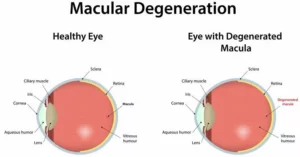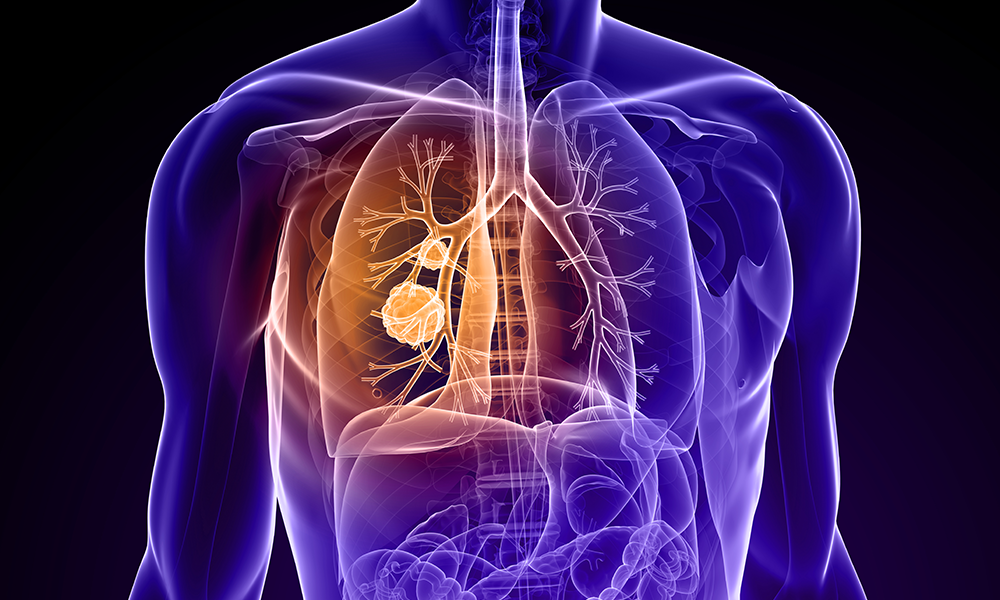Age-Related Macular Degeneration
Age-related macular degeneration (AMD) is a common eye condition affecting millions of people worldwide, particularly those over the age of 50. It is a leading cause of vision loss, characterized by damage to the macula, a small central part of the retina responsible for sharp, central vision. This comprehensive guide delves into the symptoms, treatments, and recent advancements for both wet and dry forms of macular degeneration, providing a thorough understanding of this prevalent condition.
Understanding Age-Related Macular Degeneration
What is Age-Related Macular Degeneration?
Age-related macular degeneration is a progressive eye disease that deteriorates the macula. The macula is crucial for central vision tasks such as reading, driving, and recognizing faces. As the disease progresses, central vision may become blurred or distorted, severely impacting daily activities.

macular degeneration
macular degeneration treatment
wet macular degeneration
wet AMD treatment
dry macular degeneration treatment
wet AMD symptoms
dry macular degeneration
macular
Kinds of Macular Degeneration
There are two primary types of AMD: dry (atrophic) and wet (neovascular or exudative).
- Dry Macular Degeneration: This is the more common form, accounting for about 85-90% of cases. It occurs when the macula thins with age, leading to gradual vision loss. It progresses slowly and can develop into the more severe wet form.
- Wet Macular Degeneration: Although less common, wet AMD is more severe and can lead to rapid vision loss. It occurs when abnormal blood vessels grow under the retina, leaking blood and fluid, causing scarring of the macula.

macular degeneration
macular degeneration treatment
wet macular degeneration
wet AMD treatment
dry macular degeneration treatment
wet AMD symptoms
dry macular degeneration
macular
Symptoms of Macular Degeneration
Common Symptoms of AMD
- Blurriness in central vision: Difficulty seeing details and reading fine print.
- Distorted vision: Straight lines may appear wavy or bent.
- Dark or empty areas in central vision: Blind spots can develop in the center of the visual field.
- Difficulty adapting to low light: Struggling to see in dimly lit environments.
Specific Symptoms of Wet AMD
- Rapid worsening of central vision: Unlike dry AMD, wet AMD can cause sudden and severe vision loss.
- Visual distortions: Straight lines appearing curved or wavy is a hallmark symptom.

macular degeneration
macular degeneration treatment
wet macular degeneration
wet AMD treatment
dry macular degeneration treatment
wet AMD symptoms
dry macular degeneration
macular
Macular Degeneration Treatment Options
Treatments for Dry Macular Degeneration
While there is no cure for dry macular degeneration, several treatments can slow its progression and help manage symptoms:
- Lifestyle changes: Quitting smoking, maintaining a healthy diet rich in leafy greens and fish, and managing cardiovascular health.
- Nutritional supplements: The AREDS (Age-Related Eye Disease Study) formula, which includes vitamins C and E, zinc, copper, and beta-carotene or lutein and zeaxanthin, can slow the progression of intermediate to advanced dry AMD.
Treatments for Wet Macular Degeneration
Wet AMD requires more aggressive treatment due to its rapid progression:
- Anti-VEGF injections: Medications such as Avastin, Lucentis, and Eylea are injected into the eye to inhibit the growth of abnormal blood vessels and reduce leakage.
- Photodynamic therapy (PDT): A drug called verteporfin is injected into the bloodstream and activated by a laser to destroy abnormal blood vessels.
- Laser surgery: High-energy laser light is used to seal leaking blood vessels, although this method is less commonly used due to potential damage to surrounding tissues.
Advances in Macular Degeneration Treatment
Research and technological advancements continue to improve the outlook for individuals with AMD:
- Gene therapy: Investigational treatments are exploring how to correct genetic defects that contribute to AMD.
- Stem cell therapy: Researchers are studying how to regenerate damaged retinal cells using stem cells.
- Retinal implants: These electronic devices aim to restore vision by replacing damaged photoreceptors in the retina.
Conclusion
Age-related macular degeneration is a complex and multifaceted condition that can significantly impact quality of life. Understanding the symptoms, available treatments, and ongoing research is crucial for those affected by this condition. While there is currently no cure for AMD, advancements in medical science offer hope for better management and potentially restoring vision in the future. Regular eye exams and early detection are essential for preserving vision and maintaining a higher quality of life as we age.



